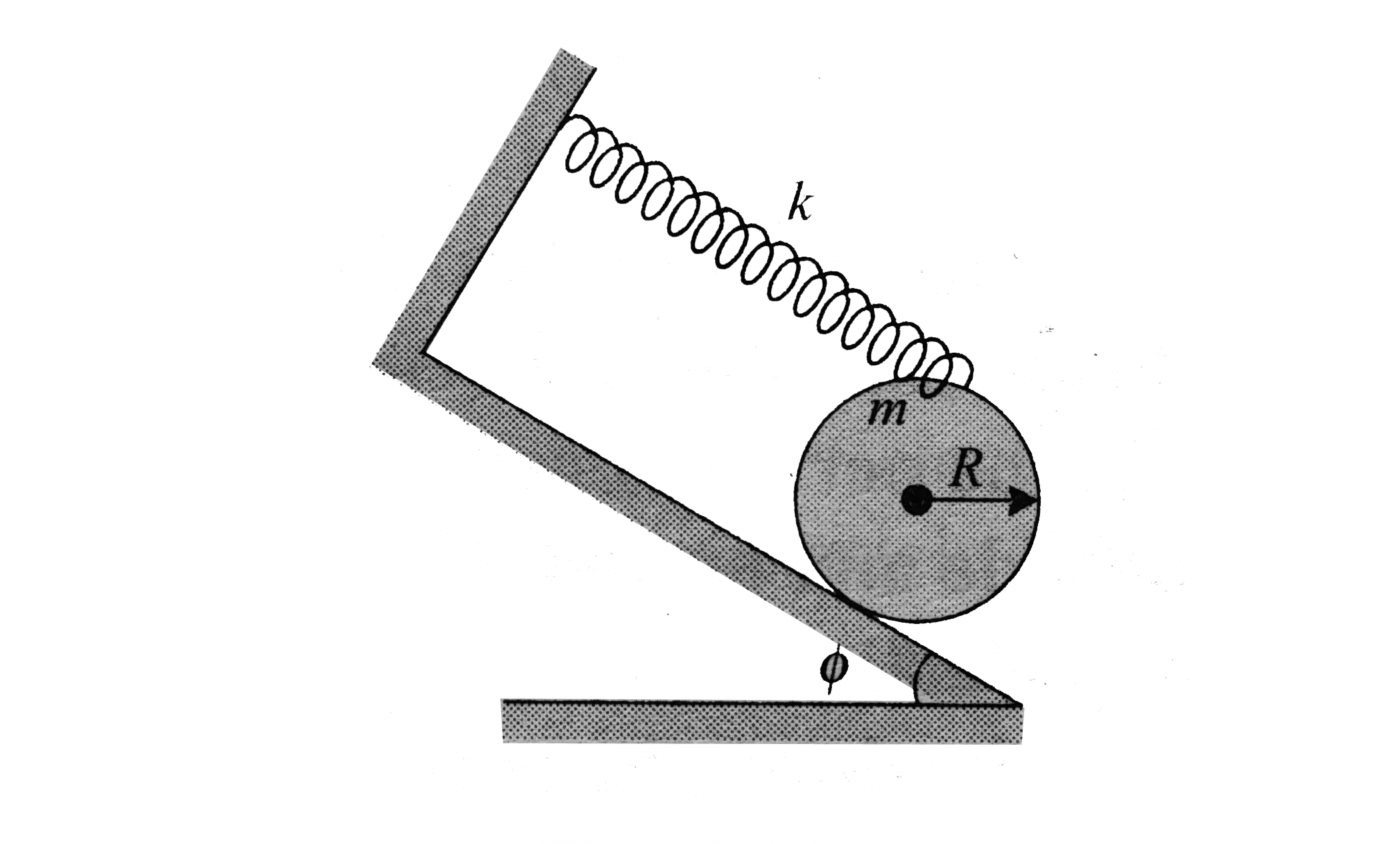Action and reaction forces act on
Same body
Different bodies
Horizontal surface
Nothing can be said
The correct Answer is:B
To solve the question regarding action and reaction forces, we will follow these steps:
1. Understanding Newton's Third Law of Motion:
- Newton's third law states that for every action, there is an equal and opposite reaction. This means that forces always come in pairs.
Hint: Remember that action and reaction forces are always equal in magnitude and opposite in direction.
2. Identifying the Bodies Involved:
- When one body exerts a force on another, the first body is considered to be applying the action force, while the second body exerts the reaction force back on the first.
Hint: Identify the two bodies involved in the interaction to understand where the action and reaction forces are applied.
3. Analyzing the Action and Reaction Forces:
- If body A exerts a force on body B, then body B exerts a force on body A. This means that action and reaction forces act on different bodies.
Hint: Use the example of walking: when you push against the ground (action), the ground pushes back against you (reaction).
4. Conclusion:
- Since action and reaction forces act on different bodies, the correct answer to the question is that they act on different bodies.
Hint: Always remember that action and reaction forces do not cancel each other out because they act on different objects.
Final Answer:
Action and reaction forces act on different bodies.
- Newton's third law states that for every action, there is an equal and opposite reaction. This means that forces always come in pairs.
- When one body exerts a force on another, the first body is considered to be applying the action force, while the second body exerts the reaction force back on the first.
- If body A exerts a force on body B, then body B exerts a force on body A. This means that action and reaction forces act on different bodies.
- Since action and reaction forces act on different bodies, the correct answer to the question is that they act on different bodies.
Action and reaction forces act on different bodies.
Topper's Solved these Questions
Similar Questions
Assertion :− A block is hanged from spring. Spring force on block gravitational force on block are not action and reaction pair.
Reason :− Action and reaction force acts in opposite direction.View SolutionIdentify action and reaction forces in the following cases: When you jump to land from a boat.
View Solution
Knowledge Check
- Question 1 - Select One
Action and reaction act on the :
Asame body in opposite directionsBdifferent bodies in opposite directionsCdifferent bodies, but in same directionDsame body in same direction. - Question 2 - Select One
Assertion: There is no cause-effect relation between action and reaction.
Reason: Action and reaction are not simultaneous force.AIf both assertion and reason are true and reason is the correct explanation of assertion.BIf both assertion and reason are true and reason is the not correct explanation of assertion.CIf assertion is true but reason is falseDIf both assertion and reason are false.
Statement A : Action and reaction act on two different bodies
Statement B : Action, reaction never cancel each otherView SolutionStatement A : Action and reaction act on two different bodies
Statement B : Action, reaction never cancel each otherView SolutionSTATEMENT -1 : Action and reaction acting on a particle cancels each other .
STATEMENT -2 : Action and reaction pair acts on different particles .
STATEMENT -3 : If an object is placed on a table then normal reaction by the table and weight are action reaction pair and they cancel each other .View SolutionAssertion: Newton's first law can be derived from the second law.
Reason: Action and reaction act on the same body.View SolutionAction and reaction:- (For a given system)
(a) Act on the two different objects
(b) Have opposite directions
(c) zero resultantView SolutionA uniform cylinder of mass m and radius R is in equilibrium on an inclined by the action of a light spring of stiffnesk, gravity and reaction force acting on it .If the angle of inclination of the plane is ϕ , find the angular frequency of small oscillation of the cylinder
 View Solution
View Solution

